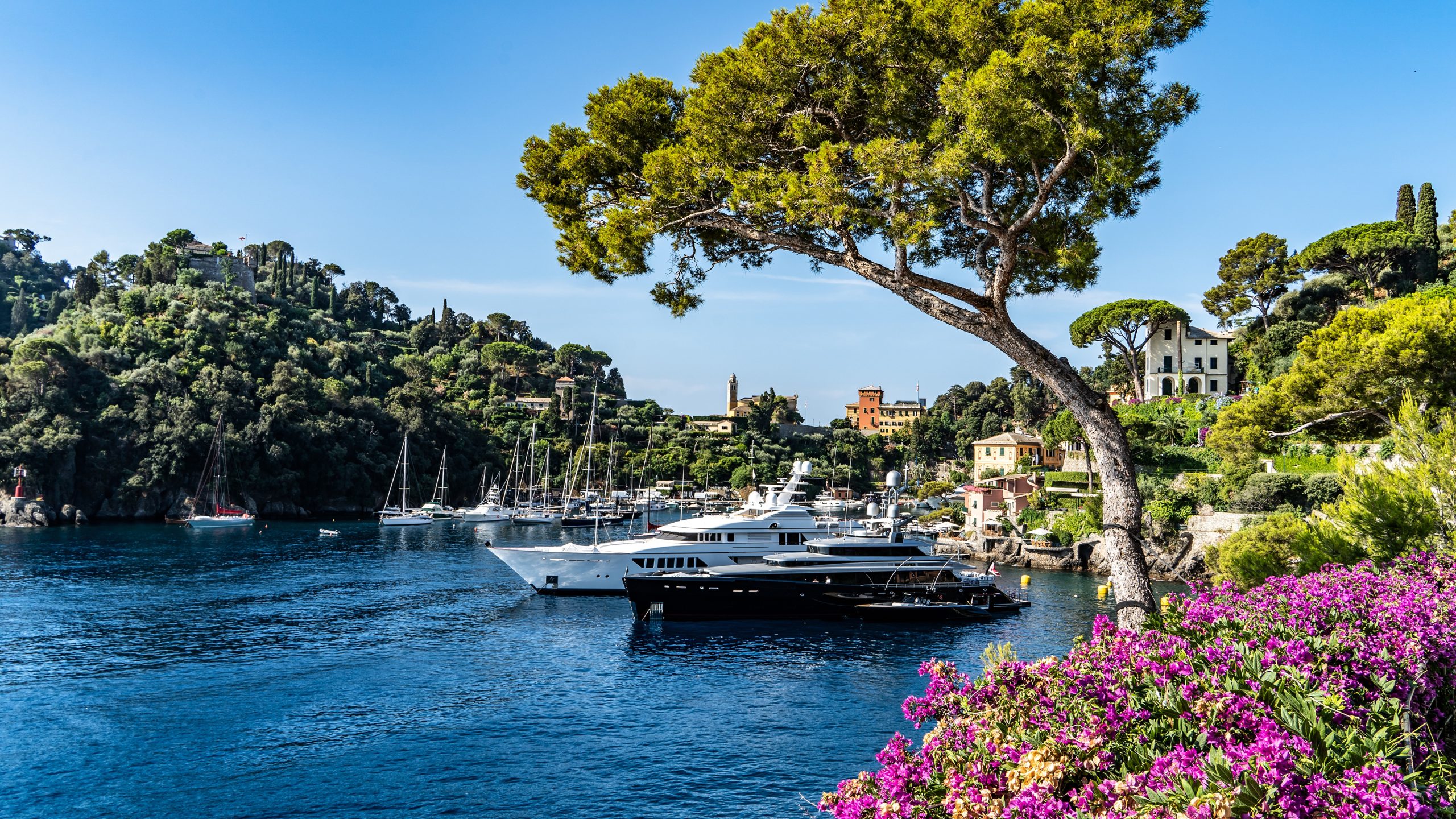
10 Essential Tips for Chartering a Crewed Yacht
Chartering a crewed yacht is a luxurious experience, but knowing a few key insights can help you make the most of your trip. Here’s everything you need to know, ranked by importance to ensure you’re fully prepared.
1. Understand the Costs of Your Charter
Charter costs typically consist of three main components:
Base Charter Fee: Includes the yacht, crew, and onboard amenities. This amount varies depending on the time of year.
VAT (Value Added Tax): Calculated as a percentage of the base charter fee, varies by country and is subject to change.
- Italy: 22%
- Spain: 21%
- France: 20%
- Turkey: 20%
- Bahamas: 14%
- Croatia: 13%
- Greece: 5–13%
- US Virgin Islands: 12.5%
- Australia: 10%
- French Polynesia: 5%
- Montenegro: 0%
- Malta: 0%
- Caribbean: 0%
APA (Advance Provisioning Allowance): Typically, 30–40% of the base fee, pre-paid to cover consumables such as fuel, food, drinks, mooring fees, crew gratuities and any other miscellaneous expenses. Any unused funds are refunded after the trip.
2. Charter Rates Are Calculated Weekly
The base charter fee is generally based on 7-day charters. For trips shorter than 7 days, the cost is prorated using a 6-day calculation. For example:
- 6 days = 7-day price
- Additional days are calculated proportionally.
3. Book Early for the Best Selection
The earlier you book, the more flexibility you’ll have in choosing dates and yachts. Early bookings often set the schedule for a yacht’s calendar, giving you priority over future charters.
4. Fuel Consumption and Relocation Fees
Fuel usage depends on your itinerary and the yacht’s fuel efficiency. The captain will provide a summary of fuel costs at the end of your trip, billed at local rates. If you wish to embark or disembark at a port other than the yacht’s home port, a relocation fee may apply. This fee covers the cost of moving the yacht to your desired location and is negotiable based on availability and schedule.
5. Know the Guest Limits
Most yachts are limited to 12 overnight guests due to maritime regulations. Larger groups may need to charter specialty vessels, such as gulets or commercially licensed superyachts, which accommodate more than 12 guests.
6. Tipping the Crew
While tipping is optional, it is customary to leave 5–20% of the base charter fee (excluding VAT) for the crew. The amount depends on your level of satisfaction with their service.
7. Seasonal Pricing Matters
Charter prices fluctuate based on the season:
- High Season: July and August.
- Mid-Season: June and September (some yachts).
- Low Season: May and October.
Rates are highest during peak months, so consider the off-season for better deals.
8. Flexibility in Negotiation
Discounts for early bookings, last-minute deals, or specific offers may be available. Consult your broker to find the best current promotions.
9. Safety for Children
Crewed yachts are safe for guests of all ages. Crews are professionally trained to handle various scenarios, but adult supervision is essential for children onboard.
10. Yacht Types and Features
Understanding your yacht’s features and capabilities is crucial for a smooth trip. Speak to your broker about your specific needs, whether it’s a family-friendly yacht, one with water sports equipment, or additional accommodations for larger parties.
These tips will help you plan and enjoy a seamless, luxurious crewed yacht charter tailored to your needs.